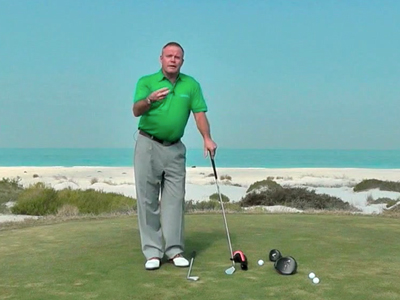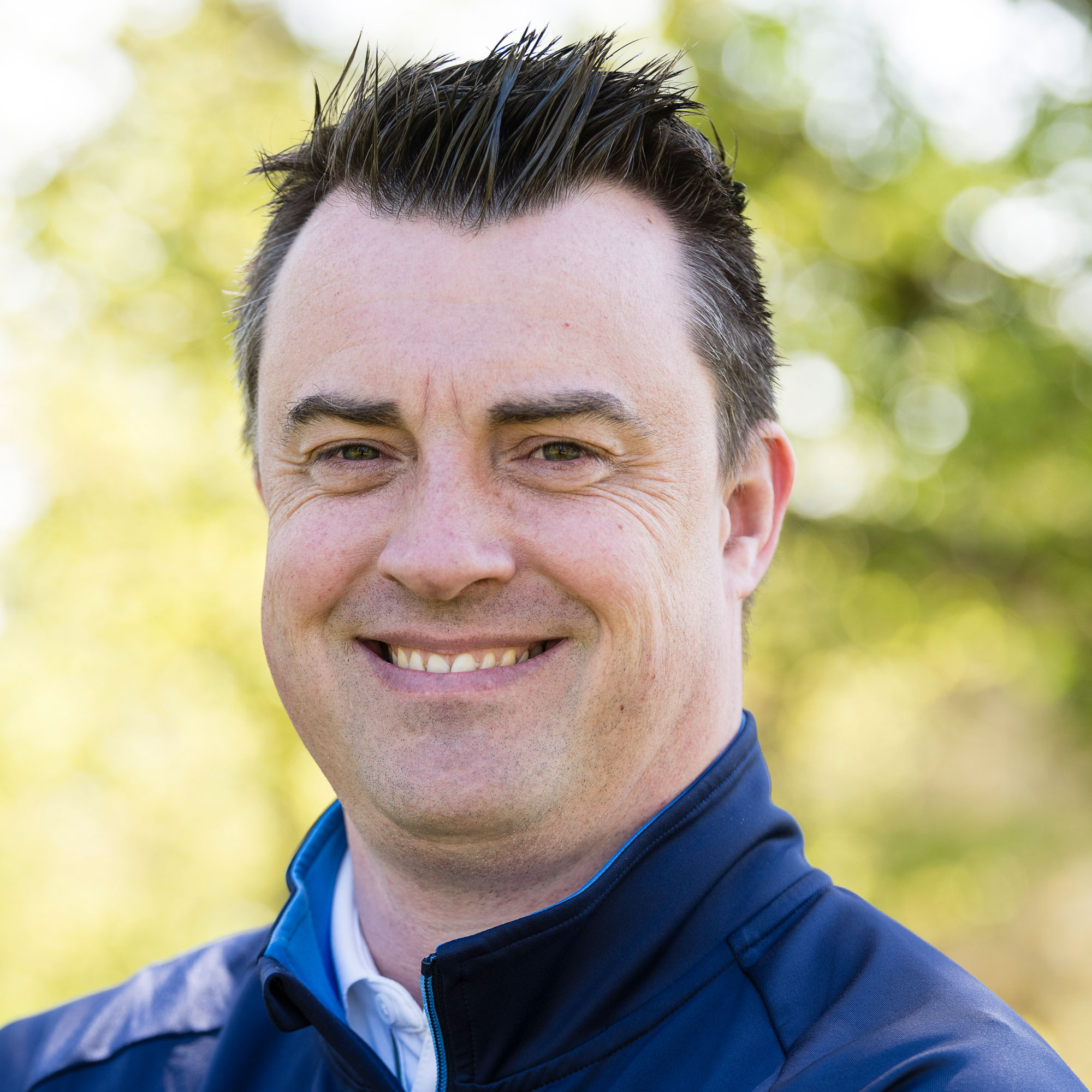Swing path drills
Fix your swing path faults with these simple tips and drills from Golf Monthly Top 25 coach Gary Alliss.


Hit longer, straighter shots with these simple swing path drills from Golf Monthly Top 25 coach Gary Alliss.
Not quite a perfect arc
The swing has a path all the way back and through. However, here, we’re looking at the area just prior to, at, and just after impact.
The desired orthodox set-up position would see the player square the club to the target line, and stand parallel to that. The swing path would then approach from just inside the ball-to-target line, with the club then travelling straight for a few inches through impact, then back to the inside just afterwards – almost a perfect arc, apart from that brief straight spell. Where you set the ball within this arc will make a huge impact on your strike and accuracy.
Spot the error
Putting some headcovers down is a very simple way to find out if your swing path is on line. Place them on the ground in a way that will leave them untouched with the correct swing path.
Get the Golf Monthly Newsletter
Subscribe to the Golf Monthly newsletter to stay up to date with all the latest tour news, equipment news, reviews, head-to-heads and buyer’s guides from our team of experienced experts.
If you strike one or more of them, you’ll be able to see at what point your swing path is breaking down through the most important phase of the swing. There are a host of great swing path drills to help you check your swing path.
Read more golf swing tips from the Golf monthly Top 25 Coaches
From an open set-up
Some very good golfers play well from an open address position, with their body alignment left of target.
These players still swing on an ‘in-to-straight-to-in’ path, relative to the target. However, that’s ‘in-to-out’, relative to body alignment.
The key to them playing well is still squaring the clubface to the target line and their swing path. Lee Trevino is a classic example.
Many of these golfers, though, are likely to be ‘satellite’ players – perhaps having a great season, then disappearing for a while when their timing is off.
From a closed set-up
Very few good players stand closed to the target, because it’s much more difficult to time the hand action required through impact when you’re effectively standing in your own way.
Such players are more likely to be decent club golfers who can play a bit, but have stopped improving.
If you do two unorthodox things – for example, one in the set-up and one in the backswing – you’ve got to have the same number of compensations on the downswing to balance it out.
If you’ve got three strange things and only two that compensate, you’re going to be all over the place.
From the classic set-up position, no compensatory movements are required, hence the scope for greater consistency.
Change or stick?
Since some players can play very well from unorthodox positions, knowing whether to change or stick with what you’ve got is very important, and something for coach and player to discuss honestly.
Have you got the time and dedication to really work on what is needed, or are you happy to accept a degree of inconsistency?
You might be able to play to mid or low single figures, but if you really want to progress, I’d say, “This is probably now a mismatch – this idiosyncrasy in your swing is something we need to address.”
If you take one thing from all this, it should be that the address position is about far more than how you stand to the ball. Get it right, and you’ll have a much better chance of swinging the club on the perfect path.

Tom Clarke joined Golf Monthly as a sub editor in 2009 being promoted to content editor in 2012 and then senior content editor in 2014, before becoming Sports Digital Editor for the Sport Vertical within Future in 2022. Tom currently looks after all the digital products that Golf Monthly produce including Strategy and Content Planning for the website and social media - Tom also assists the Cycling, Football, Rugby and Marine titles at Future. Tom plays off 16 and lists Augusta National (name drop), Old Head and Le Touessrok as the favourite courses he has played. Tom is an avid viewer of all golf content with a particularly in depth knowledge of the pro tour.
-
 JM Eagle LA Championship Prize Money Payout 2025
JM Eagle LA Championship Prize Money Payout 2025The LPGA Tour heads to California for the JM Eagle LA Championship, where the largest prize money payout of the season so far is on the table
By Mike Hall
-
 Corales Puntacana Championship Prize Money Payout 2025
Corales Puntacana Championship Prize Money Payout 2025The PGA Tour’s latest opposite field event features an attractive prize money payout and some former champions in the field
By Mike Hall